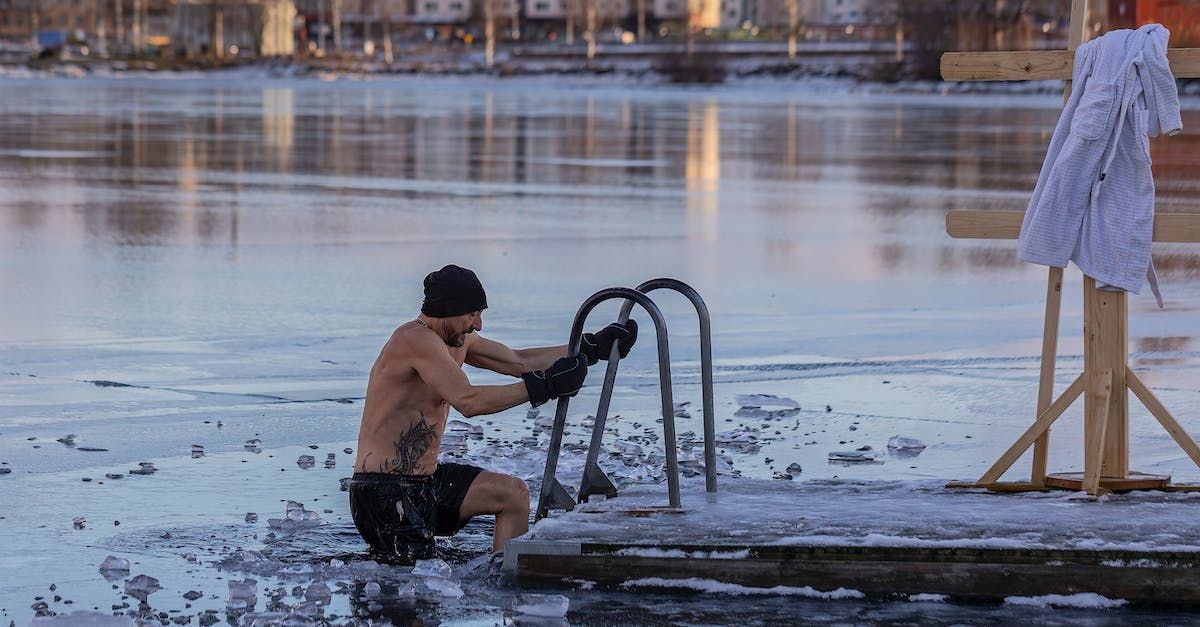Choosing the Right Dock System for Canadian Waters
Stationary vs. Floating Docks

When it comes to selecting the ideal dock system for your waterfront property in Canada, there are two primary options to consider: stationary docks and floating docks. Each option has its unique set of advantages and disadvantages, tailored to meet different needs and preferences. Let’s dive into the relative pros and cons of stationary and floating dock systems in the Canadian lake context.
Stationary Docks: The Stable Choice.
Pros:
- Stability: Stationary docks are firmly anchored to the lake or riverbed, providing excellent stability, especially in areas with minimal water fluctuation. For installations where lake water levels fluxuate, your dock leg design should account for the highest expected water level.
- Durability: Constructed with robust materials, stationary docks are built to withstand harsh weather conditions, ensuring longevity and minimal maintenance requirements. Stationary docks can remain in water all year long when supported in winter season with a dock deicing system.
- Permanent Structure: Stationary docks can be a permanent addition to your waterfront, increasing property value, and offering a reliable access point year-round.
Cons:
- Limited Adaptability: Stationary docks do not adjust to water level changes, making them less suitable for areas with significant fluctuations in water depth. In locations with significant variation in water depth, a floating dock system or combination of stationary with floating may be a better solution.
Floating Docks: The Flexible Choice.
Pros:
- Adaptability: Floating docks rise and fall with changing water levels, ensuring a stable platform regardless of fluctuations, making them ideal for areas with varying water depths.
- Easy Installation: Floating docks are generally easier to install, making them a convenient choice for seasonal installation and removal.
Cons:
- Maintenance: Floating docks can require more maintenance due to exposure to water, waves, and weather elements. Regular inspections are necessary to ensure safety and longevity.
- Initial Cost: While they offer flexibility, floating docks can be more expensive initially, especially if you require additional features like boat slips or specialized anchoring systems.
Both stationary and floating dock systems offer a high level of customization: Kehano docks offer design flexibility, allowing for configurations such as U-shaped or T-shaped layouts to accommodate various watercraft.
In conclusion, the choice between stationary and floating docks for your property in Canada depends on your specific requirements. If stability and permanence are crucial, stationary docks offer a robust solution. However, if adaptability and ease of installation are your priorities, a floating dock is a good choice.
Consider the water conditions at your lake, your budget, and the intended use of the dock when making your decision. Consulting with dock design professionals can provide valuable insights tailored to your unique needs, ensuring you make an informed choice that enhances your waterfront experience with Kehano Docks.



